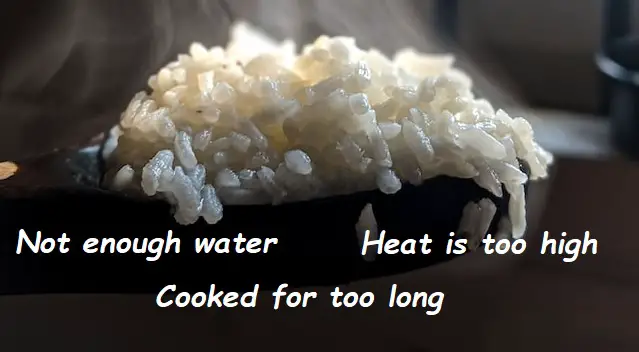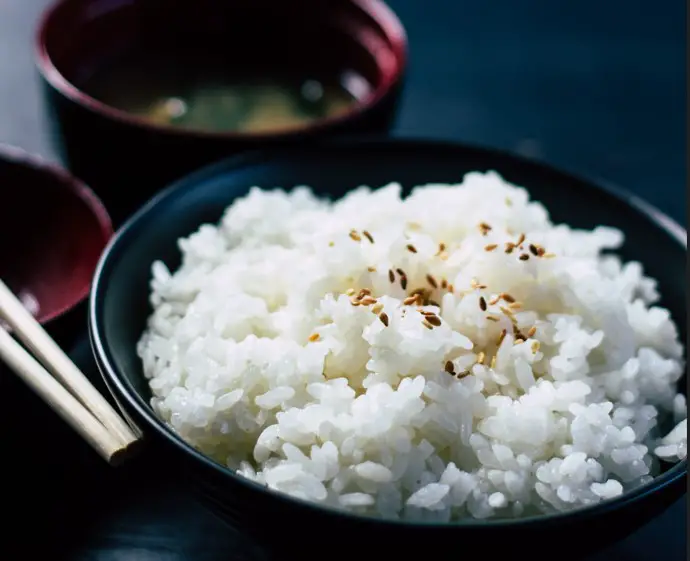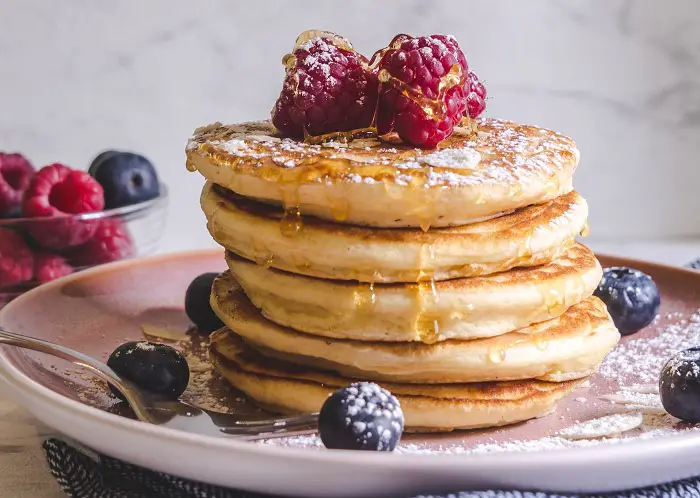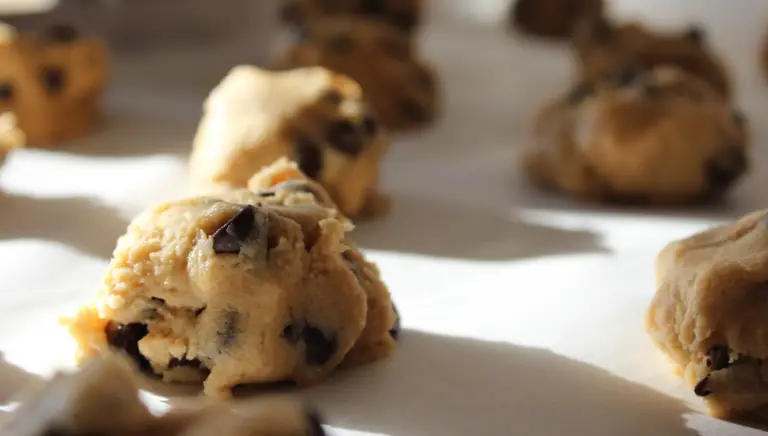Being Asian, I have rice almost every day for dinner. It is a basic and easy to pair with any food. You can add an egg to it, and it will transform from a plain white rice, to a flavorful egg fried rice. But first up, you need to master art of cooking rice. Before I have a rice cooker, I tried cooking rice over the stove, and I always end up with burnt rice.
The most common cause of rice burning at the bottom is not adding enough water. The general water to rice ratio is 1:1. When you don’t add enough water, the water will dry out when cooking over the stove. This will cause your rice to burnt.
Water is only one part of the equation to not burning your rice. Let’s get to all the details now.

Not Adding Enough Water
As mention above, not adding enough water will cause rice to burnt if you are cooking rice over the stove. You should check the rice packaging, it usually comes with guidance on what water to rice ratio to use.
If you are using rice cooker and you didn’t add enough water, it generally will not burnt your rice. The worse is that you might have is undercooked rice. If you are seeing burnt rice when cooking with rice cooker, it might be time to get a new one.
Heat Is Too High
You followed the water to rice ratio to a tee, but you are still getting burnt rice at the bottom. If you are cooking rice over stove, it might be because of you are cooking over too high a fire. If the rice is boiling throughout, it will cause the water will evaporate faster, and it ends up not having enough water to cook over time.
When cooking over stove, you want the rice on high heat only until the water boils. After that, you should turn the heat to the lowest, cover the pot and let it simmer until cooked.
Cooked For Too Long
So your water to rice ratio is correct, you are cooking on super low heat. But your rice is still burning at the bottom. Then it could be the cooking timing. Generally, you should let it simmer 15 mins after covering the pot. Remove from heat after 15 mins, and let it sit for 10 mins before removing the cover.
If all else fails, get a rice cooker
I kid you not. You will save so much trouble by cooking rice in a rice cooker. You just need to get the water to rice ratio correct, switch on and go do your thing. You do not have to monitor it. It will automatically turn off once the rice is cooked.
What Can I Do If My Rice Is Burnt At The Bottom?
There is no way to save burnt rice. But you can still savage the rice that are sitting on top. Scrap out the unburnt rice as those rice are still edible. Try not to scrapped at the bottom, as this may cause the burnt taste to spread over the unburnt rice.
If the rice is only slightly burnt at the bottom, you can actually add light or dark soy sauce to the pot, and then scrapped out those rice and eat. It’s delicious. This is what people do when they have claypot rice. They will scrap the burnt rice at the bottom because that’s the most flavorful part.
How To Remove Burnt Rice From The Pot?
If you have time, fill up the pot with water and let it soak overnight. Those burnt rice should soften by the time you get to wash the pot. It will be easier to scrub them off.
If not, you can try boiling water in the pot to soften the burnt rice. Check out this video on how to clean a burnt pot easily.
Why is my Rice burnt on bottom of rice cooker
Here are some tips to consider, if after getting a rice cooker, and you still find yourself with burnt rice.
1. Unplug Rice cooker immediately
One of the most common mistakes we make is leaving the rice cooker plugged in even after the rice is cooked. The moment your rice cooker signals the transition from “cook” to “warm”, it indicates that the cooking process is complete.
A simple but effective solution is to unplug the cooker immediately at this point. By adopting this practice, I noticed a significant reduction in the rice getting brown at the bottom. Leaving the rice to sit for about 5 minutes after unplugging can make a huge difference in the outcome.
2. Rinsing your rice
Many of us underestimate the importance of washing rice. The residual starch on rice grains can contribute to the rice sticking to the cooker’s bottom and burning.
It’s worth noting that some rice cooker instructions explicitly mention this. As per my rice cooker’s manual, the predominant cause of burnt rice was insufficient washing.
Through regular practice, I found that rinsing rice until the water runs clear has led to a better-cooked batch. Moreover, stirring the rice immediately after it’s done ensures it doesn’t stick, even if it stays on the “warm” mode for extended hours. On occasions where I shortened the rinsing process, I was greeted with a burnt layer.
3. Choice of cooking liquid
While it’s tempting to cook rice in broth for added flavor, this could be a pitfall. Broths, especially those rich in fats, can cause the rice to fry at the bottom, leading to that undesired burnt layer.
I once tried using broth and noticed that the rice got burnt. It’s possible that the fats in the broth could cause the rice to fry and burn. Maybe you should try using plain water instead of broth and see if it makes a difference.
4. Assess the cooker
After trying the above methods, if the problem persists, it could be the cooker’s fault. It’s worth considering if the cooker itself is the issue after ruling out other factors.
I would definite recommend getting a good brand such as Zojirushi or Tiger if you can afford it. Or consider a second hand one to soften the blow to your wallet.



